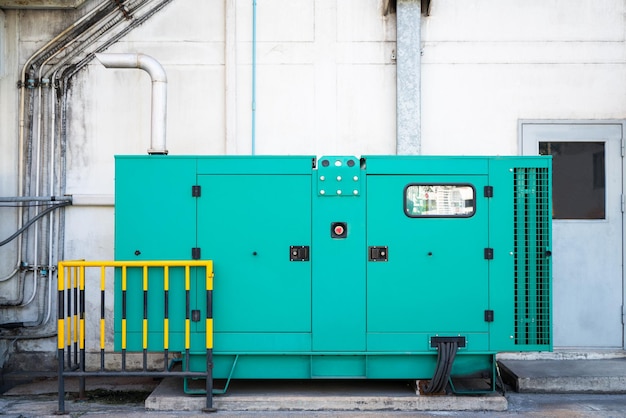Eco-friendly electric generators powered by the community: Creating Change from the Ground Up

First of all,
Climate change requires immediate action on the part of the global community, and clean, renewable energy is the element that’s been lacking. Much progress has been accomplished so far, from large-scale electricity delivery to the power grid by solar and wind energy farms to the market introduction of an astounding array of clean energy technologies. However, there is one segment of the population that can provide the kind of emissions reductions required to significantly address the issue of climate change: the populations whose energy demands can be met by renewable energy, as opposed to coal, gas, or oil. These are the most notable tales from this emerging communal energy concept.
The Growth of Energy Driven by Communities
- Globally, there is growing momentum for community energy, which may be summed up as “local power for local people.” It is also motivated by a variety of goals, including economic gains, environmental advantages, and increased democratic authority. A group of Stanford PhD students and auxiliary researchers employed by a community energy knowledge capture organization identified 166 initiatives (across 15 nations), the majority of which had the potential to affect all three of those [my emphasis added] “things.” Additionally, the majority used or had 100%, or almost 100%, non-poisonous renewable energy on tap. (See the map on the page after this.)
Motivating Case Studies of Eco-Friendly Generators Run by Communities
Scotland’s Orkney Islands are global leaders in community-owned green energy. The 16 inhabited islands, which are covered in wind turbines and have about 2,000 kilometers (1,243 miles) of cable, are more than capable of providing electricity to the 10,000 residents while also producing extra energy that can be sold to the mainland grid. There are 25 wind turbines on the highway right-of-way and another 25 on the Big Island right-of-way along the Akosombo Dam route access route. The manner in which the close-knit community of 2,200 people not only uses renewable energy but also benefits from it in the form of power and, literally, trees is almost amazing.
Community-Powered Eco-Friendly Generators: Advantages
- Impact on the Environment: Compared to our current energy mix of fossil fuels and nuclear power plants, producing clean energy dramatically reduces the quantity of greenhouse gas emissions and air pollution. In the United States, wind and solar power plants have the greatest potential influence due to their sheer energy production and minimal to nonexistent carbon footprints.
- Energy Resilience: The citizens’ energy economy has undergone a restructure that is unlikely to be reversed anytime soon. For a reason, denominations are paying in the present for an energy delivery paradigm that, for the most part, won’t deliver this energy in the present.
Obstacles and Things to Think About
- Despite being community-led and providing a multitude of advantages, big green generating projects face substantial obstacles during both the planning and operation phases.
- Extensive experience has taught us that successful community-led projects require stable and efficient funding. Even with the growing popularity of various creative financing models like community bonds and crowdsourcing, many environmental projects still struggle to secure enough finance to see them through to completion. Furthermore, even in cases where they are able to secure enough funding for development, they frequently encounter additional challenges in obtaining the operating capital required to continue the project.
- We also know from many years of experience that navigating a complicated regulatory process is typically necessary for community-sponsored initiatives. Proficient project developers need to possess the ability to obtain permits and manage projects effectively. They have to navigate a maze of rules and hang onto the federal, state, or municipal permits that are required to continue the work.
In summary:
The paradigm for electric power has changed. The enormous amounts of power needed to power vast companies and fill entire populations of houses are no longer produced by a single source in a remote corner of the globe. That model, in which oligopolies and monopolies amass seemingly limitless power, is no longer consistent with a society that is understandably alarmed by the prospect of a global warming crisis brought on by the continuous release of carbon dioxide into the atmosphere. This holds true both internationally and domestically in North America.




